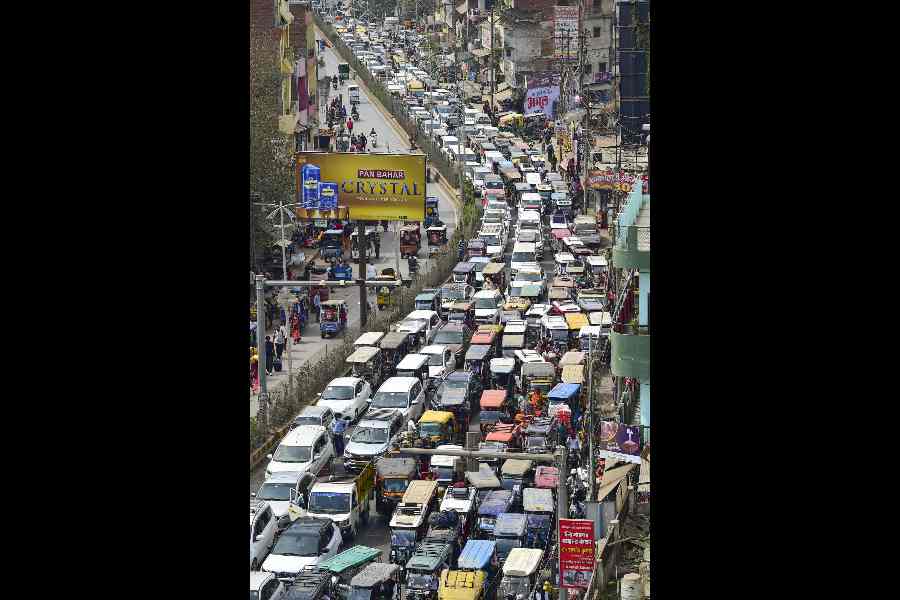Book: The Great Nicobar Betrayal
Curated by: Pankaj Sekhsaria
Published by: Frontline
Price: Rs 499
That State decisions can be catastrophic for ecosystems and people is not unknown. In less than 40 years, the Aral Sea, the world’s fourth-largest lake in 1960, irreversibly shrunk to half its size due to the diversion of water from Syr Darya and Amu Darya for cotton cultivation. As the Aral Sea dried up, fisheries and the communities that depended on the two rivers collapsed. The increasingly salty water became polluted with fertiliser and pesticides. The dust from the exposed lakebed, contaminated
with agricultural chemicals, became a public health hazard.
The Great Nicobar Betrayal, a collection of 13 published articles, is a forewarning of the catastrophe that could befall the Great Nicobar Island, the southernmost and largest of the Nicobar Islands, just north of Sumatra, Indonesia, because of a planned mega infrastructure project. The island is rich in biodiversity and home to the Nicobarese and the Shompen people. Since the late 1960s, it has also been home to settlers from mainland India. The total population is about 8,500 of which the original inhabitants are a tiny miniscule.
Authors of the articles argue that the proposed mega infrastructure project, “Holistic Development of Great Nicobar Island”, which includes a transhipment port, an airport, a township, and a power station, to be built over three decades in parts of Great Nicobar Island, would irreversibly harm the myriad flora and fauna of the island as well as the indigenous communities by taking up about 14% of the island. The centrepiece of the project is the port that will cost around $4 billion to build. The articles claim that the processes have been followed more in the breach, and that the National Green Tribunal has failed to do justice.
However, in the volume, there is no attempt to analyse marine traffic in the vicinity and the fact that the proposed port has to compete with the busiest transhipment port in the world at the other end of the Malacca Strait, the Port of Singapore. The port handles about 20% of all shipping containers in the world. The success of transhipment ports depends on the inland geographic range to which containers can be economically distributed. The port of Singapore has Japan, Korea, the Philippines, China, Malaysia and Indonesia in its catchment area and connects over 600 ports worldwide. The issue of stranded investment should have found a mention in the volume, especially when 1,30,000 vessels call at the nearest competitor each year.










